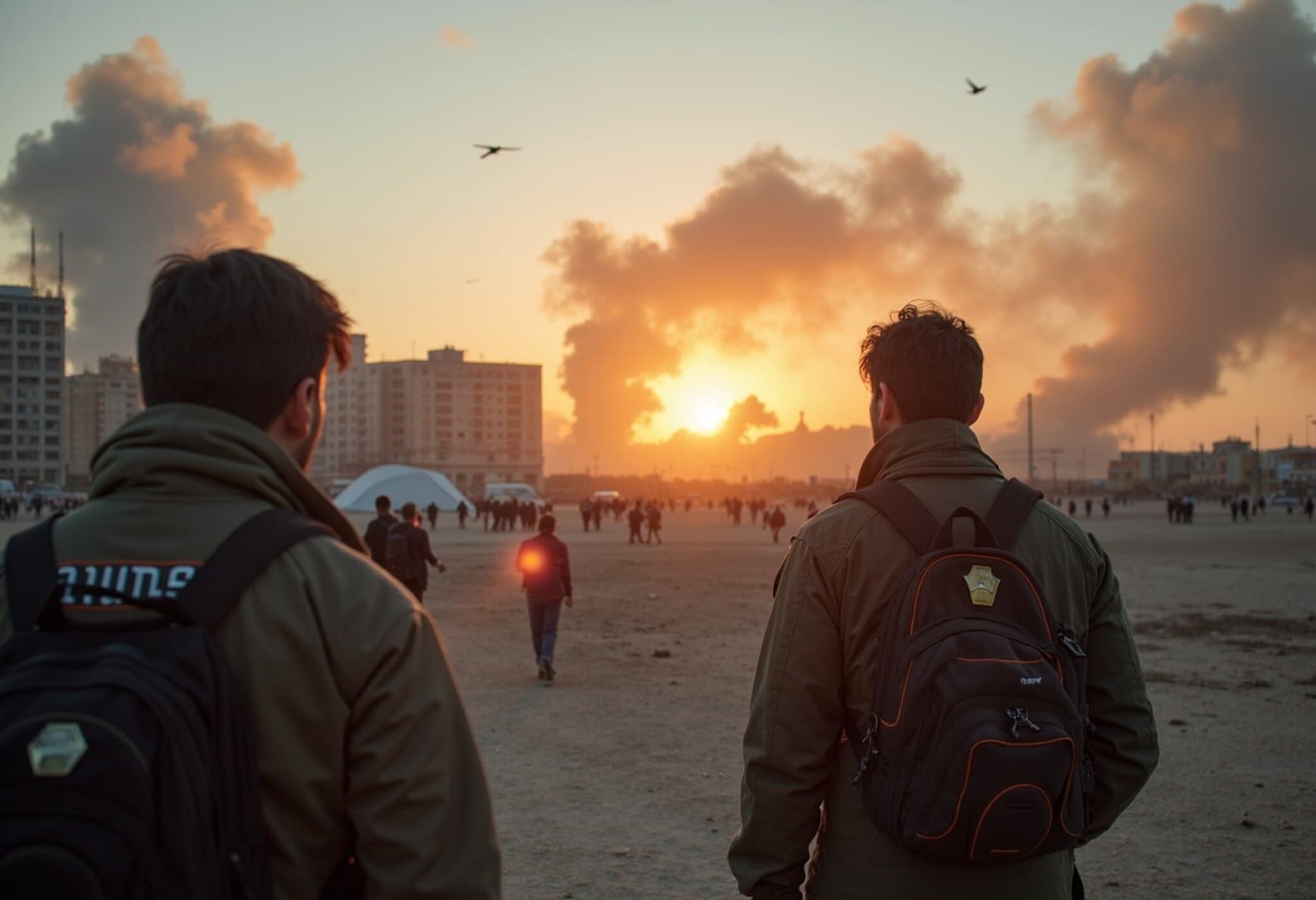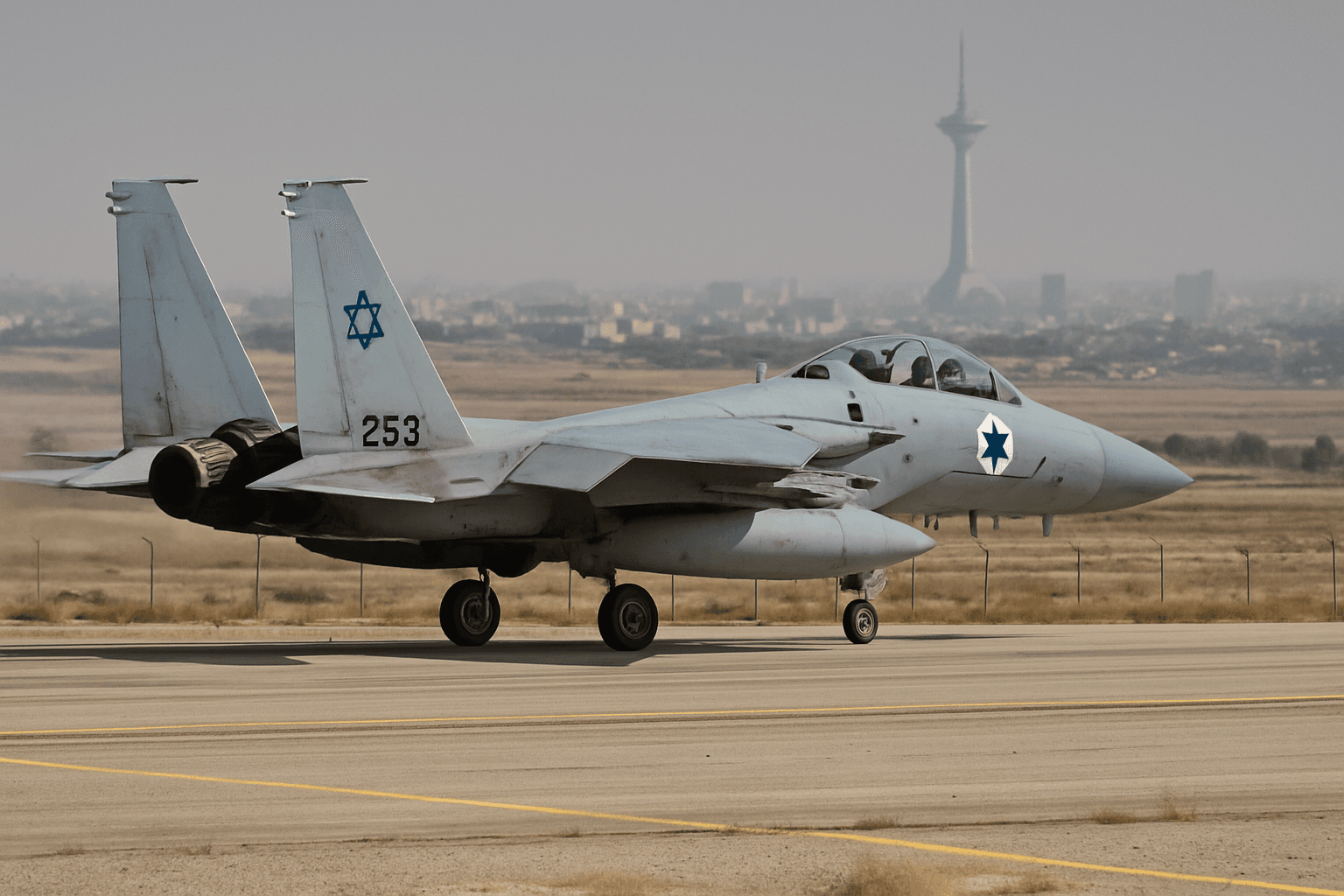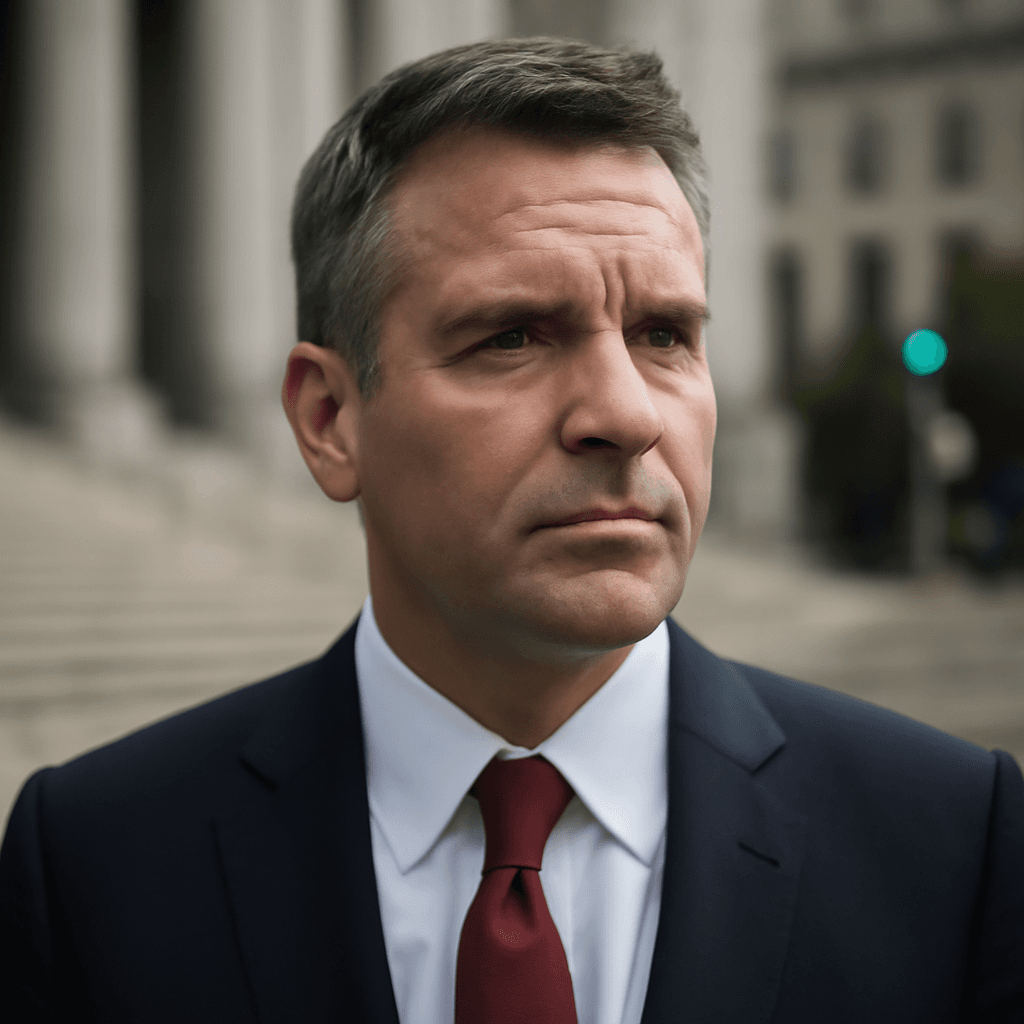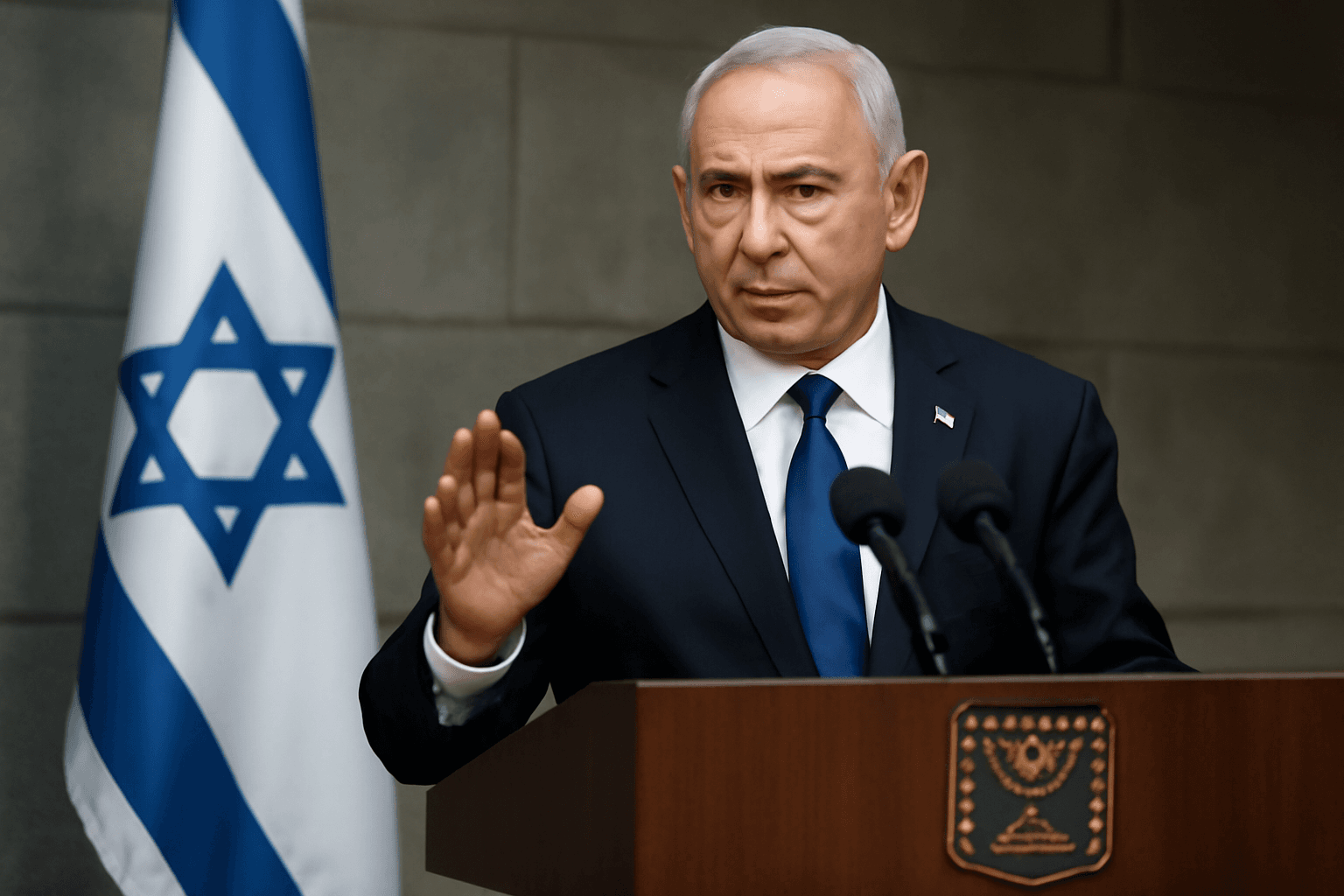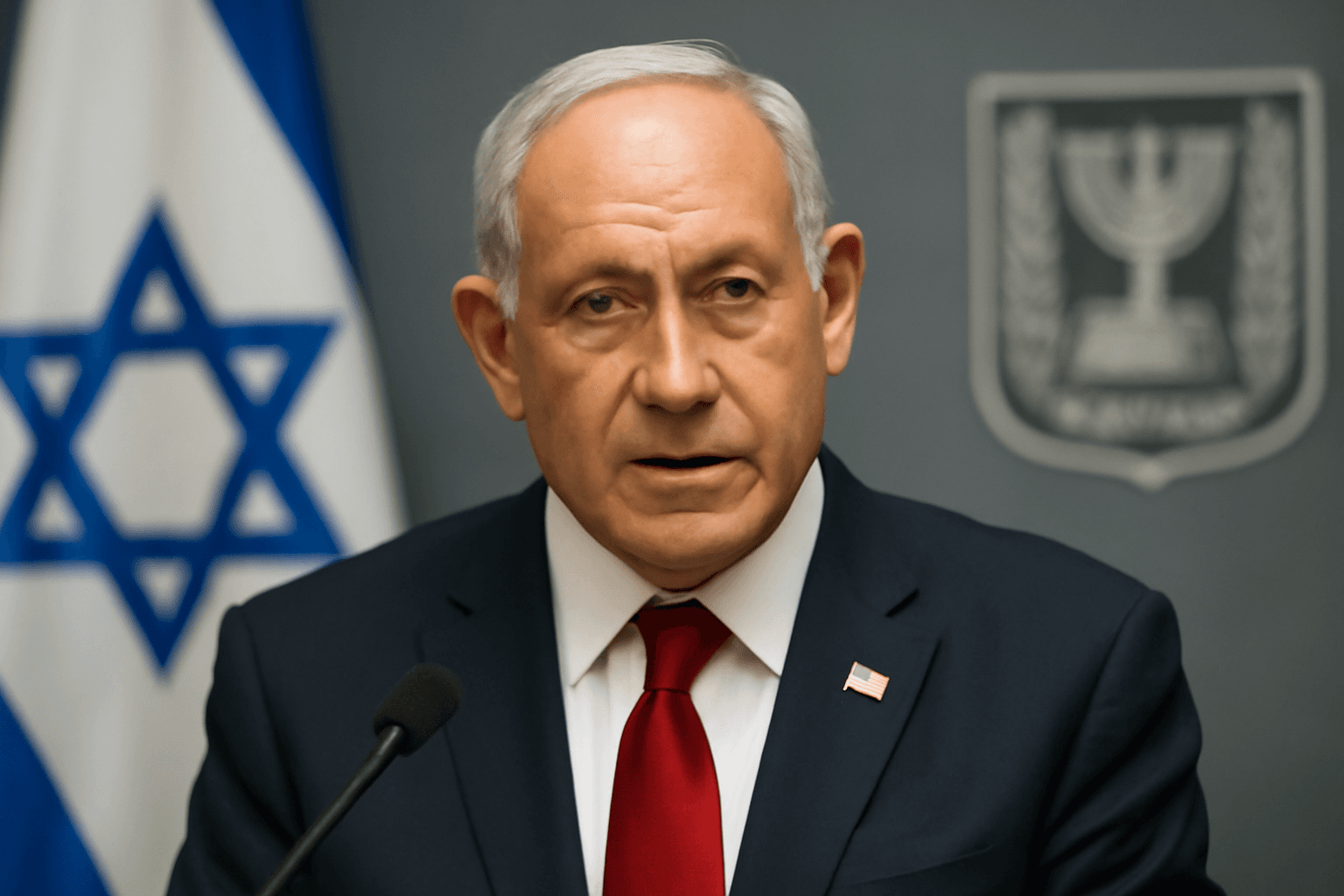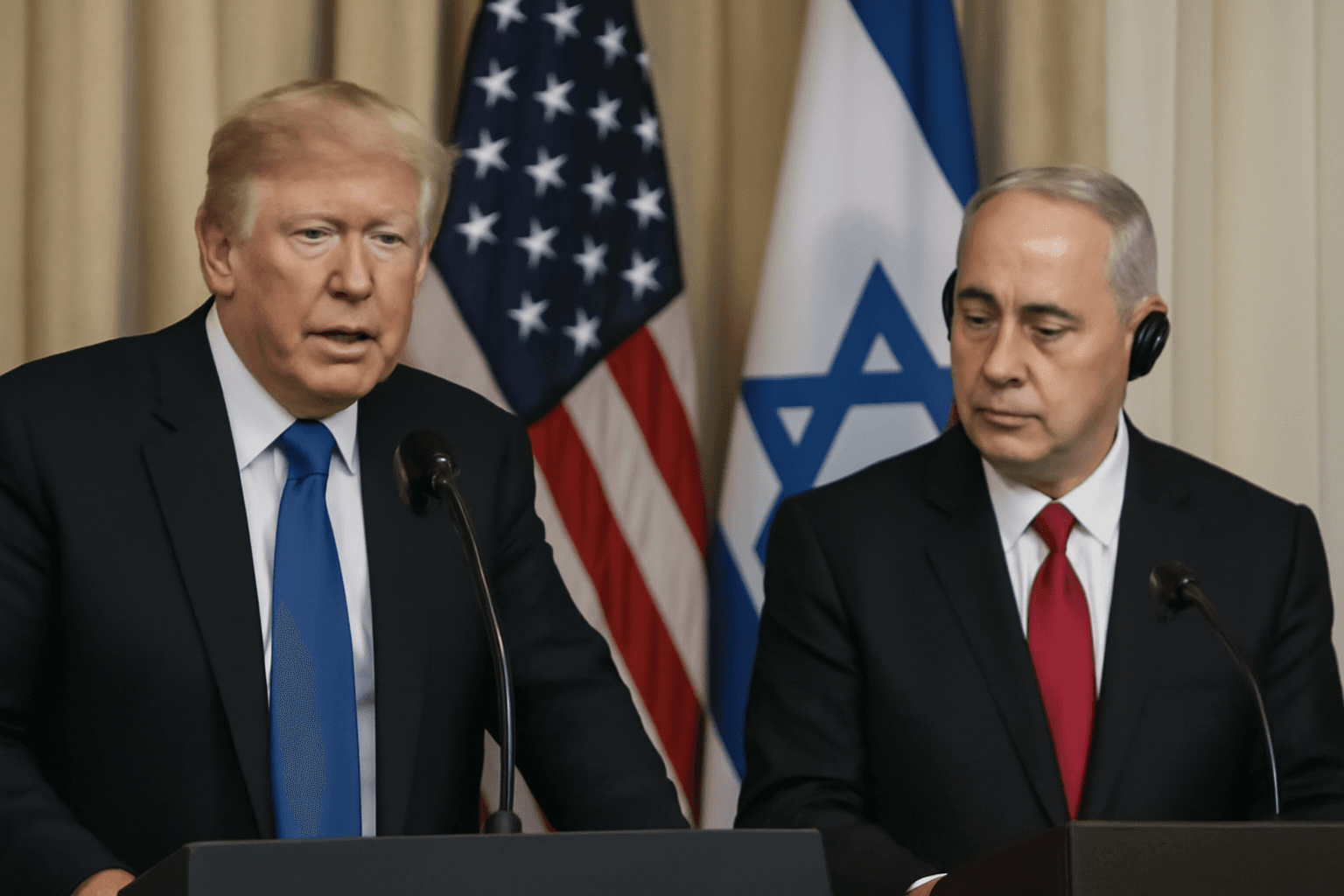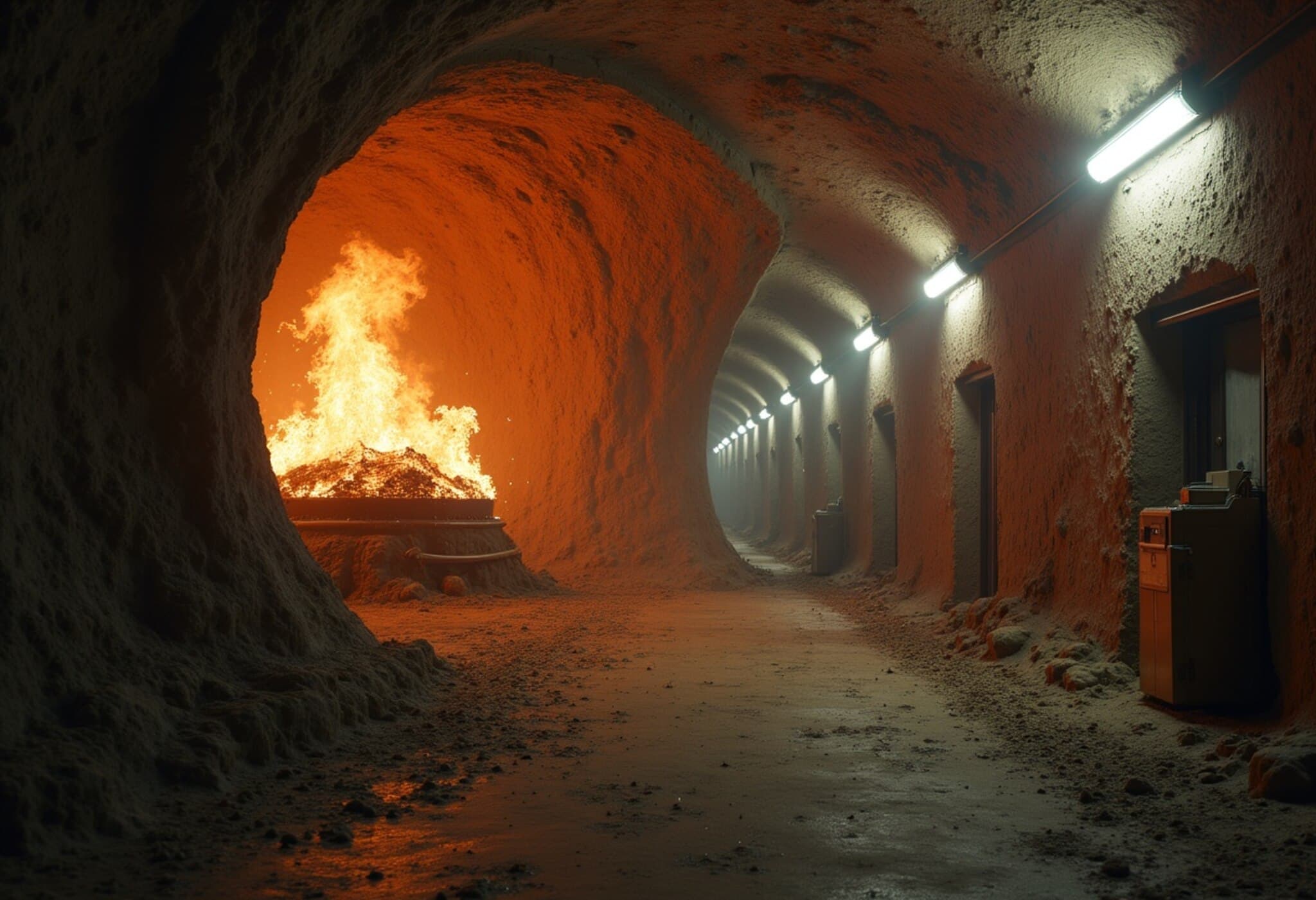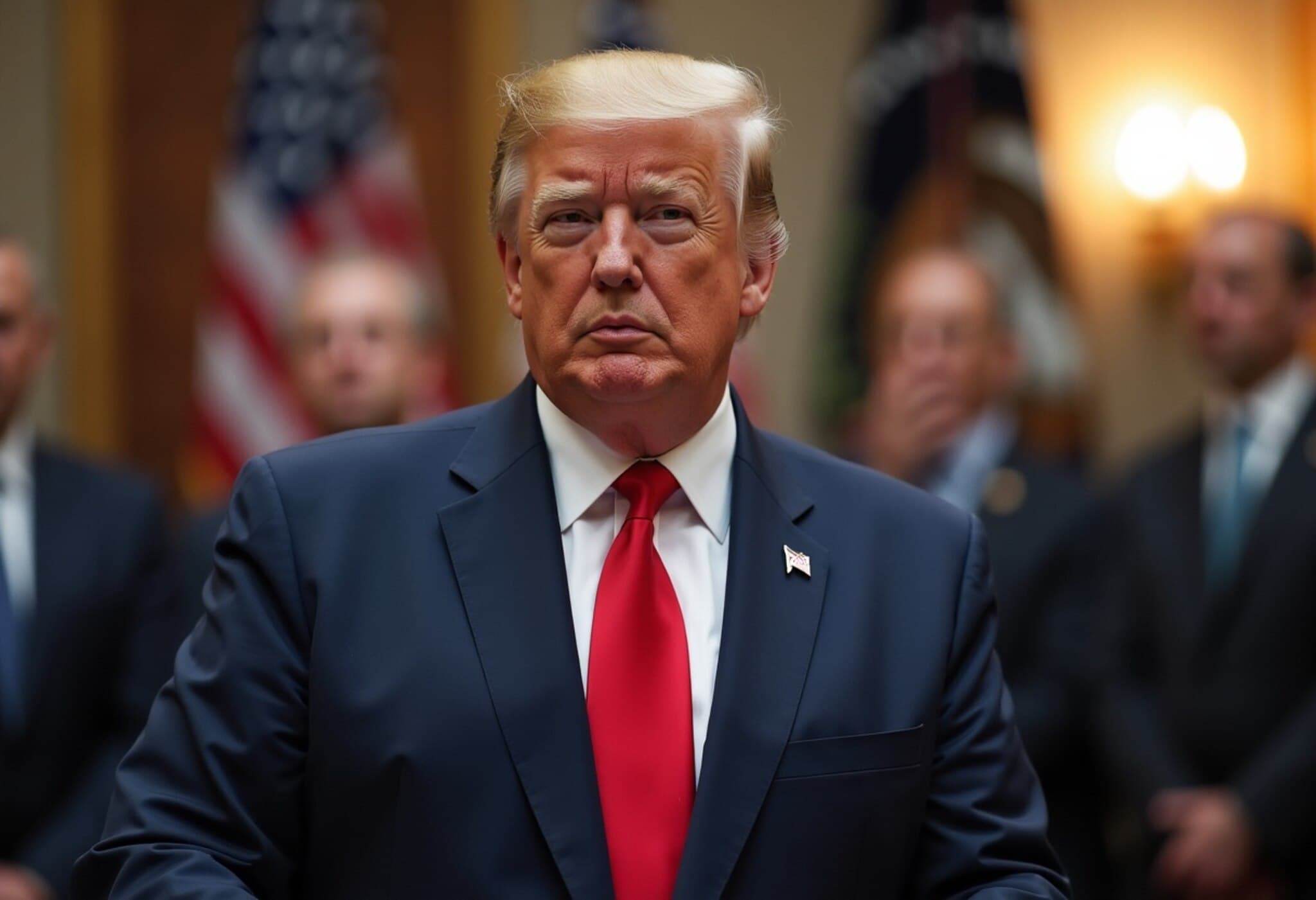Unexpected Announcement Shakes Up US Administration
In a startling turn of events, a ceasefire between Israel and Iran took effect early Monday, following an unexpected announcement by the US President declaring a “complete and total” cessation of hostilities. This move caught even top officials within the administration off guard, revealing the spontaneous nature of the breakthrough.
Behind-the-Scenes Diplomacy: Qatar’s Key Mediation Role
Prior to the President's announcement on social media, confidential talks were held involving Israeli and Iranian representatives, with Qatar playing a pivotal role as mediator. The Emir of Qatar, Sheikh Tamim bin Hamad Al Thani, was instrumental in brokering the ceasefire, particularly after Iran had launched retaliatory missile strikes aimed at the US military base in Al-Udeid, Qatar, which the Qatari authorities reportedly intercepted successfully.
Strategic Support Within the US Leadership
According to a senior administration official, the President’s push for a ceasefire was supported by key figures, including Vice President JD Vance and Secretary of State Marco Rubio. Additionally, special envoy Steve Witkoff played a significant role over the past two months, leading efforts to negotiate terms aimed at curbing Iran’s nuclear ambitions through both direct and indirect communication channels.
Rapid Mobilization for Peace Talks
The pressure to engage diplomatic channels intensified following US strikes on critical Iranian nuclear infrastructure. The President reportedly instructed his team urgently to initiate communication, emphasizing dialogue with both leaders. “Get me Bibi. We’re going to make peace,” the directive underscored the urgency and commitment to resolving the conflict.
Mixed Reactions Spark a Volatile Moment
Initially, Iranian officials dismissed reports of an agreement, with fresh missile attacks briefly escalating tensions and claiming lives in Beersheba. However, the situation shifted as Iranian state media confirmed the ceasefire initiation, aligning with the US President’s earlier announcement.
Israel Gives Formal Green Light
Following the developments, Israeli Prime Minister Benjamin Netanyahu publicly acknowledged and accepted the ceasefire. According to an official statement, the deal was reached after Israel successfully neutralized Iran’s nuclear and ballistic missile threats. Netanyahu emphasized that Israel would “respond forcefully to any violation of the ceasefire,” reflecting readiness to uphold security while committing to peace.
Details of the Ceasefire Agreement
The President’s social media post outlined a phased ceasefire timeline:
- Ceasefire to begin approximately six hours after his announcement, allowing time for current military operations to conclude.
- A 12-hour calm period to mark the formal end of active hostilities.
- Sequential ceasefire initiation, with Iran commencing first, followed by Israel at the 12-hour mark, culminating in a full cessation after 24 hours.
The President praised both nations for the “stamina, courage, and intelligence” involved in ending what he referred to as “The 12 Day War.” In subsequent messages, he reiterated that the ceasefire was officially in place and urged both sides to uphold the agreement without violations.
Looking Ahead
This sudden yet significant ceasefire brings a hopeful pause to weeks of intense conflict. Key stakeholders remain vigilant, emphasizing the importance of sustained dialogue and respect for the terms that have finally brought the two adversaries to a standstill. The role of discreet diplomacy, unwavering leadership, and regional mediation underscores the complexity and necessity of peace efforts in this longstanding struggle.

